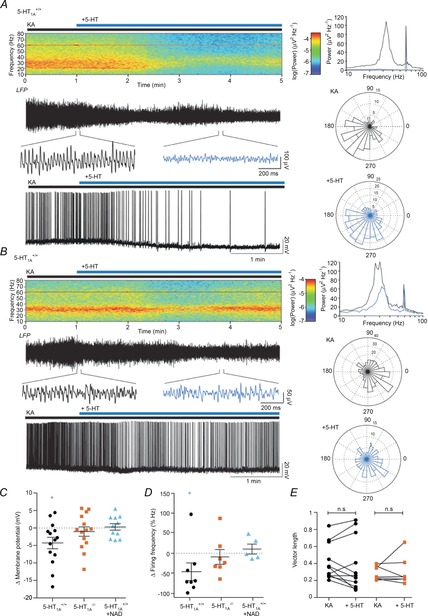Figure 4. 5-HT decreases pyramidal cell firing frequency in 5-HT1A+/+ but not 5-HT1A−/− mice.

A and B, top left: averaged spectrograms of raw data. Traces: 5 min example LFP recording showing the wash-on of 5-HT (top) with insets showing gamma band-filtered oscillation in detail in control (black) and after (blue) the application of 5-HT, and whole cell traces showing example firing activity in pyramidal cells during 5-HT wash-on (bottom). Top right: power spectra showing gamma power before (black) and after (blue) application of 5-HT from shown LFP trace. Bottom right: rose plots of preferred firing phase for an example pyramidal cell control in KA (top, black) and in 5-HT (bottom, blue). A, data for 5-HT1A+/+ mice showing a decrease in gamma oscillations, and hyperpolarization of the pyramidal cell. B, data for 5-HT1A−/− mice showing a block of the decrease in gamma, and no pyramidal cell hyperpolarization. C, population data showing change in membrane potential, decreased in 5-HT1A+/+ mice, but not 5-HT1A−/− mice or 5-HT1A+/+ mice in the presence of NAD 299. D, population data showing change in firing frequency in cell-attached mode. Firing frequency is reduced in 5-HT1A+/+ mice, but not in 5-HT1A−/− mice or 5-HT1A+/+ mice in the presence of NAD 299. E, population data showing no changes in vector radius of preferred firing phase in 5-HT1A+/+ and 5-HT1A−/− mice. *P < 0.05.
